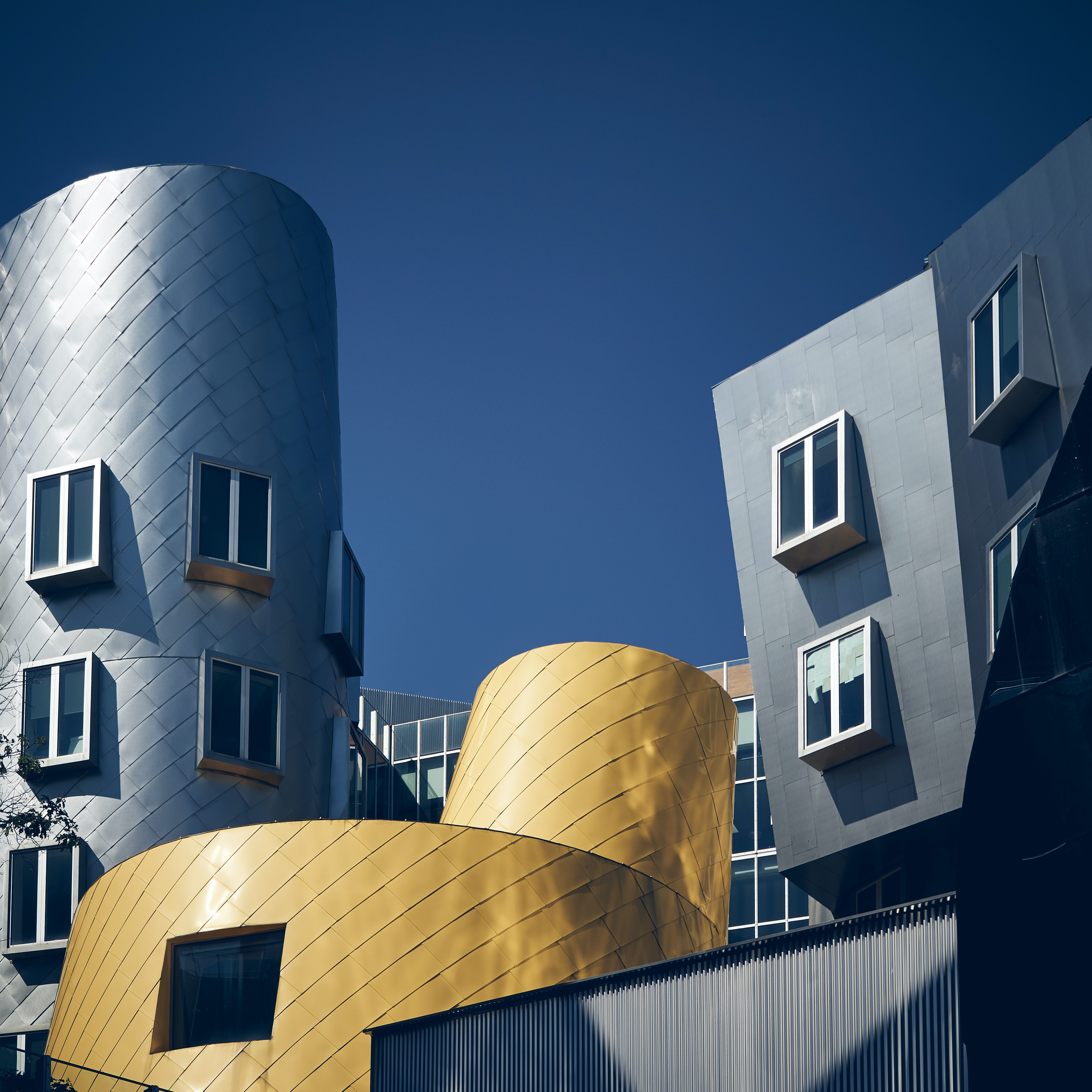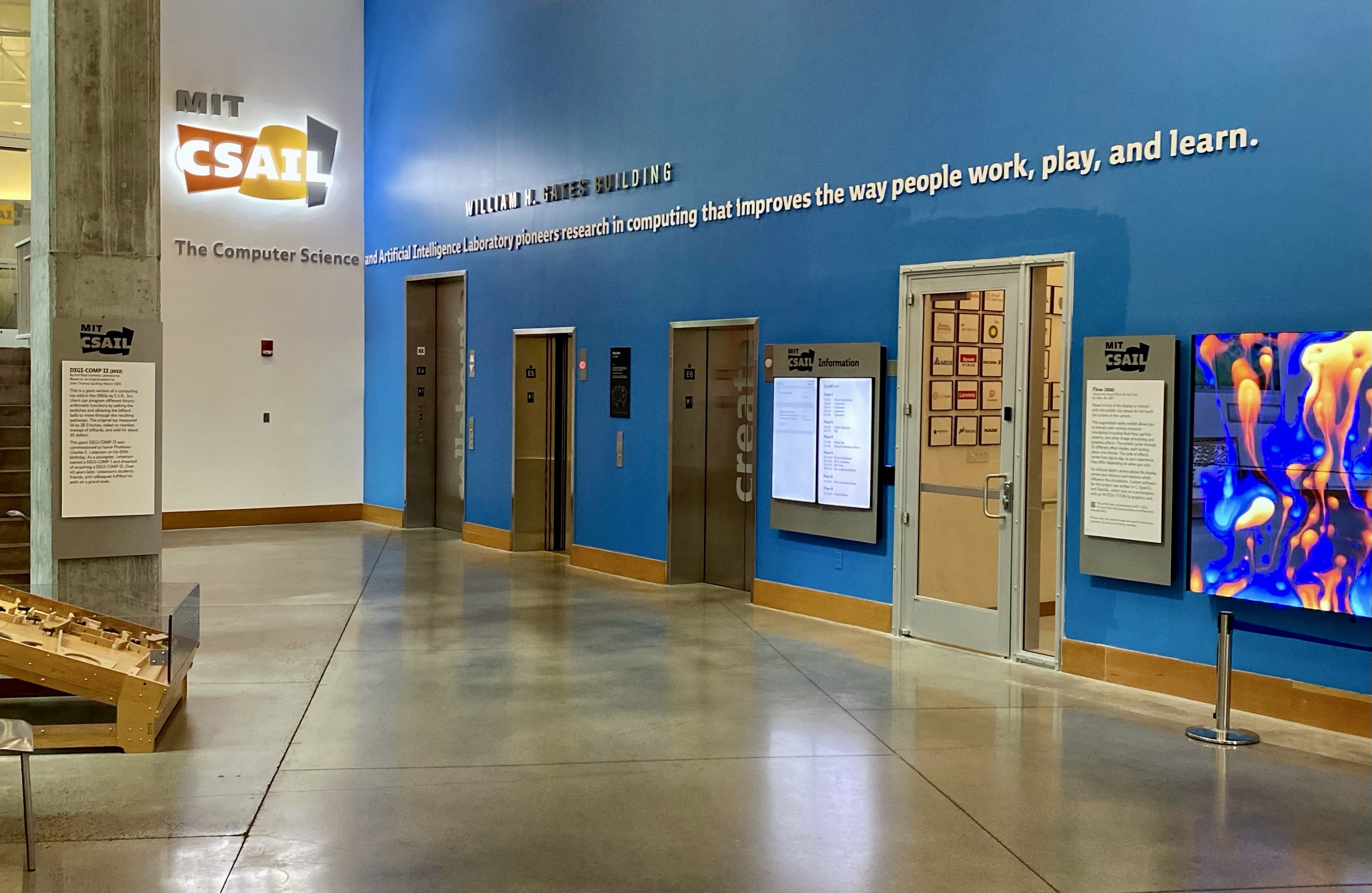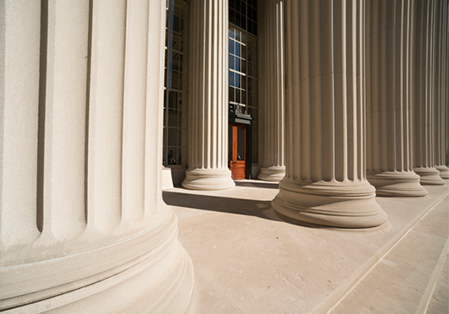
Anyone paying attention to the field of computer science knows that it’s currently blooming in every direction. Keeping track of new breakthroughs can be like trying to trace the layers of a neural network, with daily advancements in machine learning, privacy tools, financial technology, etc. Leaps forward in sensors, data sets, computing power, and neural nets are altering the landscape before our eyes, leaving industry leaders to wonder how they’re supposed to stay up to date on so much game-changing innovation. To address this overload, CSAIL Alliances is launching our latest initiative, VisualComputing@CSAIL.
While it might sound like specific technical terminology, Visual Computing is actually an umbrella term that encompasses many areas of computer graphics, computer vision, and digital imaging. Technology is getting faster, more precise, and more intelligent every day, but there are still significant barriers to helping computers “see,” barriers that MIT scientists are working hard to overcome. From creating artificial eyes that work both on land and underwater, to using artificial intelligence to generate holograms for a better virtual reality experience, to using imaging to create a map of the placenta to make childbirth safer, visual computing promises to be an exciting frontier of research with far-reaching consequences.
A rapidly changing field of study such as visual computing offers clear competitive advantages to those who understand its potential. Visual machines are already essential for emerging technologies like autonomous vehicles, robotics, medical diagnostic tools, etc. and will be pivotal in even more inventions to come. It’s hard to imagine an industry that won’t be affected by the evolving junction of images and computation. This initiative will allow businesses to not only learn about but provide input on how this subset of computer science is developing at MIT CSAIL. Organizations will learn about the latest approaches, emerging technologies, and considerations in visual computing that should be integrated into their strategies. With unique access to MIT faculty, initiative members will get an insider view of the applied research happening on campus and what it means for them.
Members of the VisualComputing@CSAIL initiative will enjoy several benefits on top of their included Affiliate Membership. Our comprehensive approach educating businesses for the future of visual computing will include:
- participate in future focused innovation sessions with researchers
- advise and inform research that addresses the current challenges and possibilities in the space
- high level access to PIs, researchers, and students
- recognition and acknowledgement as a member of VisualComputing@CSAIL via the CSAIL website and social media sites
- participation on the Executive Board along with faculty directors, faculty research representatives, and the VisualComputing@CSAIL Executive Director, and early access to the results of funded research projects before the public
Beyond helping industry leaders prepare for the future, this initiative will also assure sustained progress in visual computing and funding for top MIT research staff. Through a synthesis of industry and academia, CSAIL Alliance initiatives such as this facilitate research projects that will address current opportunities and industry challenges.
Research Leadership: Frédo Durand, Bill Freeman, & Wojciech Matusik
Visual Computing PIs (2022): Ruth Rosenholtz (lead), Ted Adelson, Polina Golland, Berthold Horn, Aude Oliva, Jonathan Ragan-Kelley, Joshua Tenenbaum, Antonio Torralba, & Vincent Sitzmann
- Computational Photography
- Computer Graphics
- AI and Machine Learning
- Computer Vision
- Human Computer Interaction (HCI)




